Here’s what we’re drinking (and thinking) about this week:
Sake gets all the credit, but Japan’s wine scene is quietly blossoming.
Also: that time a couple argued I couldn’t possibly be Japanese…while I was serving them dinner.
I’m Megumi, a corporate escapee turned entrepreneur and sommelier, here to bring you wine tips and my no-bullshit thoughts on life in (and beyond) corporate America.
Let’s uncork it.
Pour Decisions
So this was cool:
I got quoted in Chowhound recently talking about Japanese wine - specifically why Yamanashi and Nagano deserve more global love. This one felt personal. I grew up in Tokyo, my family’s still there (my mom’s Japanese, my dad’s American), and while I’ve been quoted in Forbes, Wine Enthusiast, and Delish (yes, this is my not-subtle flex), this one hit different.
If you’re thinking, “Wait, Japan makes wine?”
Yes. They do. And yes, it’s delicious.
At the 2022 Decanter World Wine Awards, Japanese wines took home four golds and a platinum. Already world-famous for its fruit (like the $100+ melons), Japan is becoming a serious player in wine due to the meticulous craftsmanship, hybrid innovation, and terroir-driven wines that don’t copy anyone else.
As I heard someone say recently:
If the Japanese can do with wine even half of what they’ve done with whiskey and gin? The wine’s going to be perfect.
Let’s break it down.
A few facts:
Over 75% of Japan is mountainous
It has 111 active volcanoes
Even though it’s only about the size of California, Japan has ~10% of the world’s active volcanoes!
So yes, winemaking here is tricky. The humid summers and volcanic soil made it tough to grow European grapes. But Japanese winemakers are…well, Japanese, so they adapted.
They experimented with indigenous grapes, developed hybrid varietals, and refined techniques to create wines from grapes like merlot, chardonnay, and pinot noir, all with a uniquely delicate, food-friendly flair.
Yamanashi = Japan’s Napa
Just west of Tokyo near Mt. Fuj, Yamanashi Prefecture is the birthplace of Japanese wine. With over 80 wineries and a history dating back to the 8th century, it’s home to the iconic Koshu grape: a pale, almost pink hybrid with citrus notes and saline minerality. It’s uniquely and proudly Japanese without trying to mimic a Western template. Perfect with sashimi, tempura, or oysters!
Nagano = Japan’s Burgundy
You might remember Nagano as the host of the 1998 Winter Olympics (and where Tara Lipinski became the youngest Olympian champion in history). That’s where I grew up skiing, so you can picture the snow and the mountains. It’s higher elevation, cooler, and more experimental. You’ll find rare hybrids like Ryugan and Muscat Bailey A here, along with a growing presence of pinot noir and chardonnay. These are small-batch, low-intervention wines from sustainable vineyards that still feel like they’re discovering themselves - which is part of the magic!
Last but not least is Hokkaido.
Japan’s northernmost island, famous for skiing and seafood, is also making beautiful cold-climate wines: Pinot Noir, Chardonnay, Niagara, and the indigenous Yamasachi varietal thrive in its long winters and dry summers. These wines are elegant and earthy.
All three regions are full of small, family-run producers. These aren’t mass-market wines, and are crafted with intention, rooted in place, and designed to complement Japanese cuisine.
Curious where to start?
Get a state-side option with Napa Valley-grown Koshu by Japanese winemaker, Kazumi Wines.
Got questions? Want Japan recs? Hit reply!
Sip Happens
There’s been a lot of noise lately about who belongs where 🧊
And I want to say something, not as a political pundit or policy expert, but as a woman of color who lives in America.
I’m not an immigrant. I’m a U.S. citizen. But I’m also the daughter of a Japanese mother and an American father. I grew up attending international school in Tokyo, went to high school in New Hampshire, and built my career in New York and California before recently relocating to the Midwest.
So…where do I belong?
In Japan, I’m not quite Japanese enough. In the U.S., I’m often asked “where I’m really from.”
No joke: Once when I was working as a server in LA, a couple argued with me that I “couldn’t possibly be Japanese” and that I must be Hispanic. They spent the entire evening drilling me. It was bizarre.
(No, they were not Japanese. Or Hispanic. Or white.)
I’ve often been the translator, the explainer, and the cultural bridge…and also the outsider.
In a way, I feel like I’m adrift: I’ve called two continents home, been mistaken for completely different ethnicities, and oscillate between feeling like I belong everywhere and nowhere.
But it’s also helped create my personal and professional identity.
And honestly, it’s why I believe so deeply in diversity: not just of people, but of thinking, storytelling, flavor, and voice. Not because it’s a buzzword (and science literally backs it up…) but because it makes the world and work a better and more interesting place.
I’m not going to rant about politics right now (although if you want to hear my immigration rant, you can find that here). I just wanted to share what I’m feeling as I watch the news.
And if this resonates with you, whether you’re multicultural, mixed, or something else entirely, I see you.
And yes, you deserve that extra glass of wine.
Kanpai,

P.S. If this gave you something to think about, I’d be so grateful if you forwarded it to a friend. Word of mouth is still the best kind of magic!
